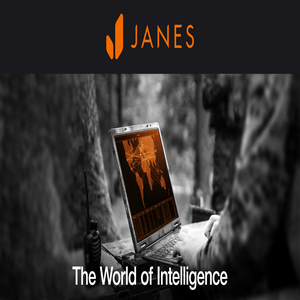Dr. Philip Ritcheson, Vice President for Strategy and Growth, National Security Sector, Leidos returns to Janes podcast to join Harry Kemsley and Sean Corbett to unpack the complexities of modern deterrence, the acceleration of technological change impacting warfare, and the critical role of open-source intelligence. They take a deep dive into how these elements are reshaping global security dynamics and explore the implications for intelligence and defence strategies.For comments and suggestions for future podcasts email:
[email protected] views expressed in this podcast are those of the author alone.


